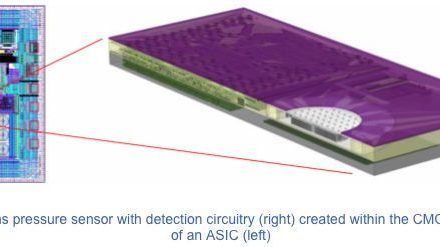 The U.S. Deep Ice Coring Project, which is currently being conducted in the West Antarctica Ice Sheet (WAIS), is examining approximately the last 100,000 years of the Earth’s climate history by drilling and recovering a deep ice core. An ice core 3045m into the ice sheet was recovered in December 2011, so the Replicate Ice Coring System will re-enter the existing bore to extract additional ice related to areas of scientific interest.
The U.S. Deep Ice Coring Project, which is currently being conducted in the West Antarctica Ice Sheet (WAIS), is examining approximately the last 100,000 years of the Earth’s climate history by drilling and recovering a deep ice core. An ice core 3045m into the ice sheet was recovered in December 2011, so the Replicate Ice Coring System will re-enter the existing bore to extract additional ice related to areas of scientific interest.
Using an electromechanical drill system, scientists hope to extract 250m of new ice cores, going down to depths of about 4000m. While initially following the course of the parent bore hole, the Replicate Ice Coring System will slightly alter its course to create a second path to collect ice samples.
The drill of the Replicate Ice Core System uses two steering actuator sections to tilt itself in the parent borehole at a targeted trajectory. Located along the shaft of the drill, the actuators apply lateral pressure against the side of the borehole to alter the orientation of the drill head. The actuators tilt and guide the drill into the replicate borehole where ice samples are collected. Six Macro Sensors CD series miniature LVDT linear position sensors serve as part of the replicate actuator modules that push the drill out of the original hole at a targeted trajectory. Providing feedback on drill orientation, the AC-operated LVDT linear position sensors work as part of a closed-loop system, controlled by an onboard IC, with set points provided by an operator.
With a diameter of just 3/8in, the sensors are ideal for the small space of the actuator system. In addition, the sensor’s resistance to pressures up to 20 kpsi proves essential to withstand extreme forces present as the drill travels two miles deep into the ice at temperatures below -30°C. To accommodate the high pressure, the sensor case is vented to equalise pressure inside and outside the sensor.
Macro Sensors

